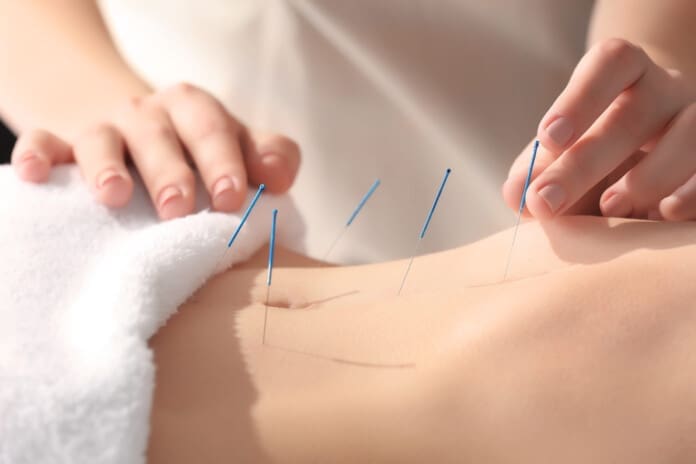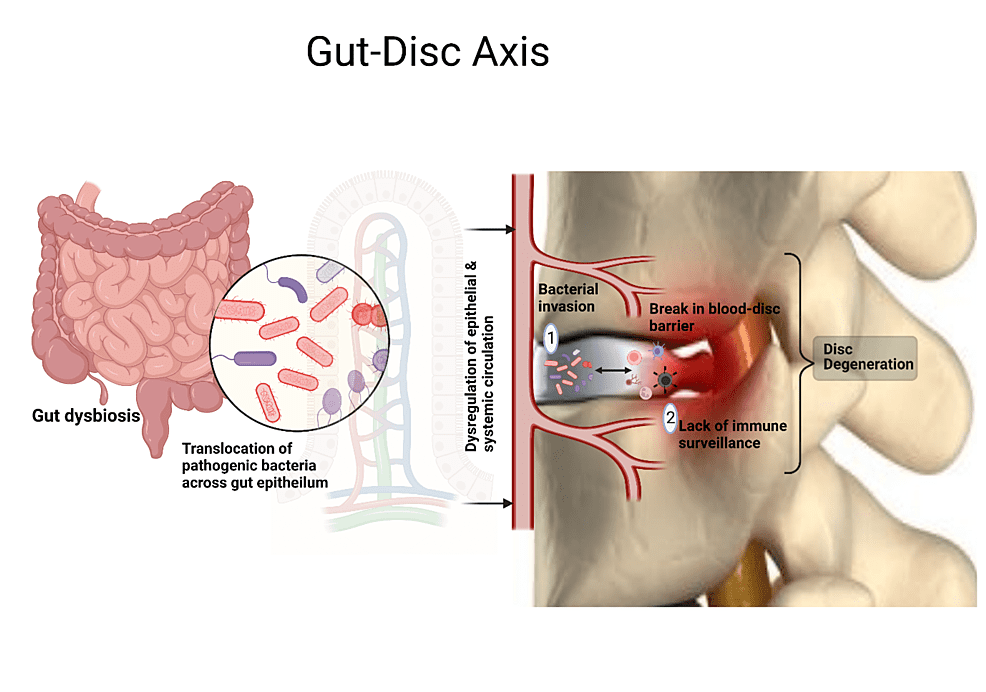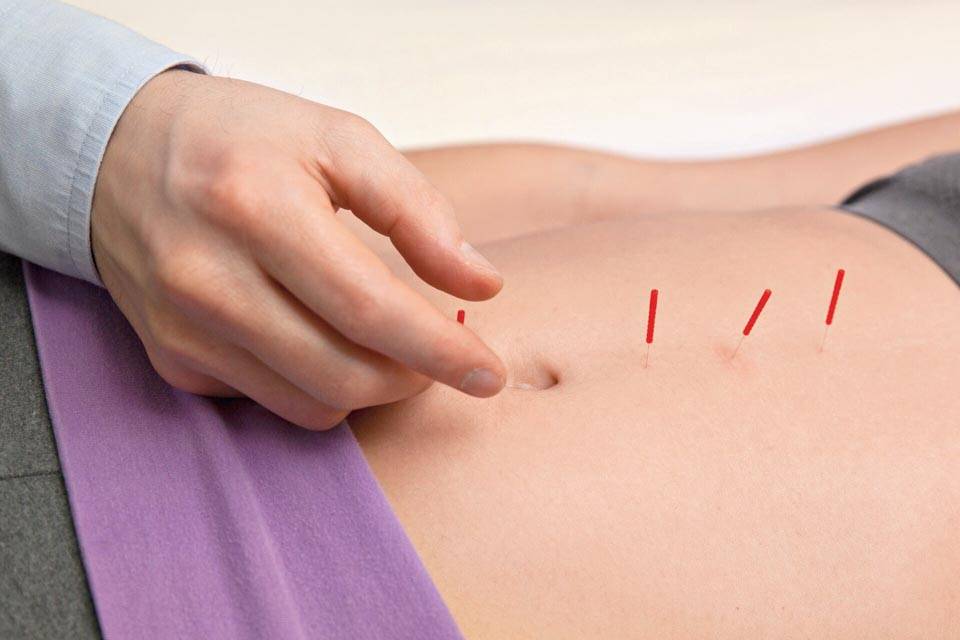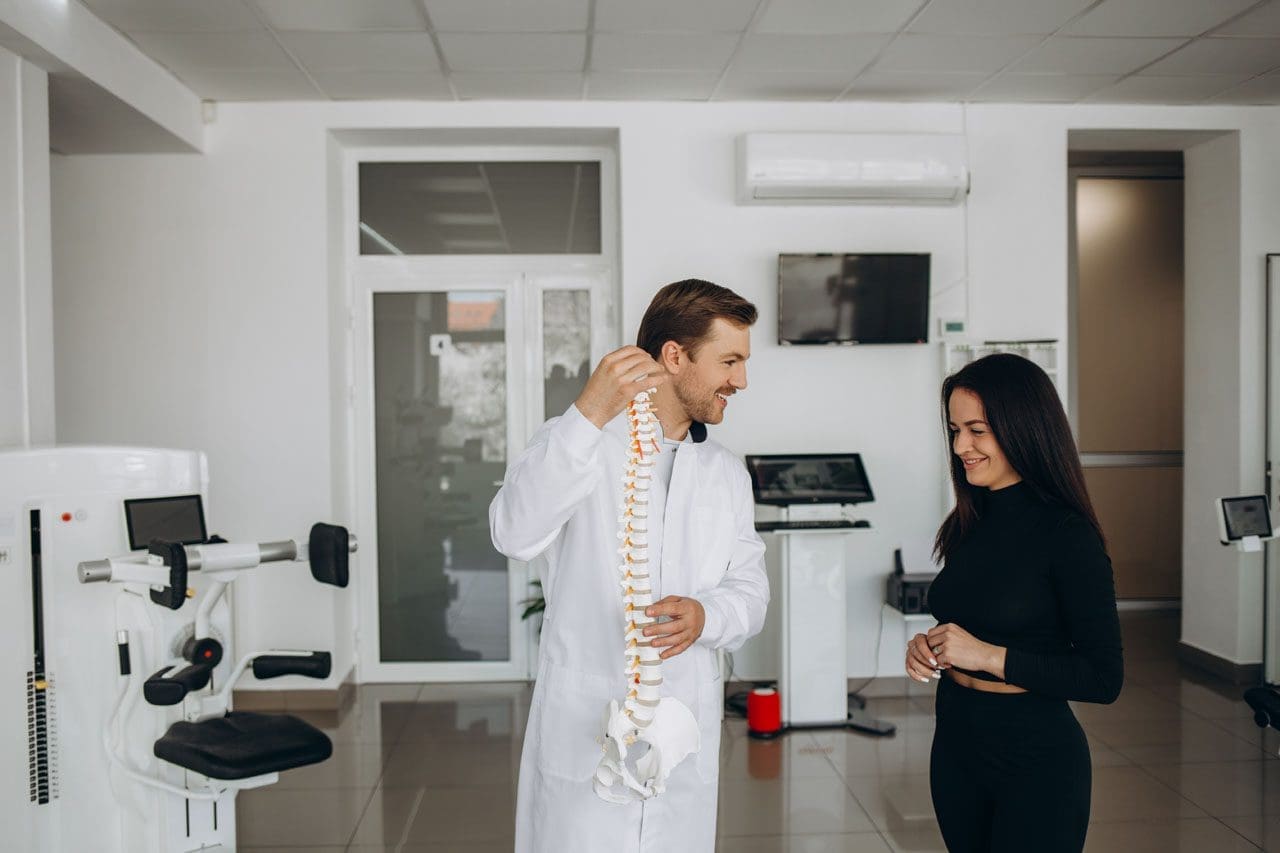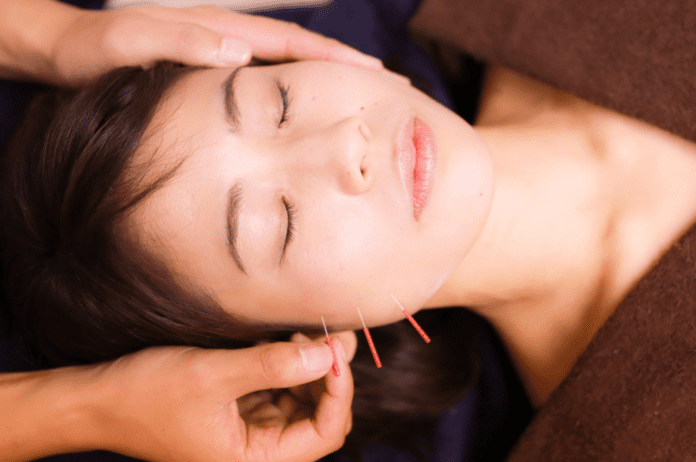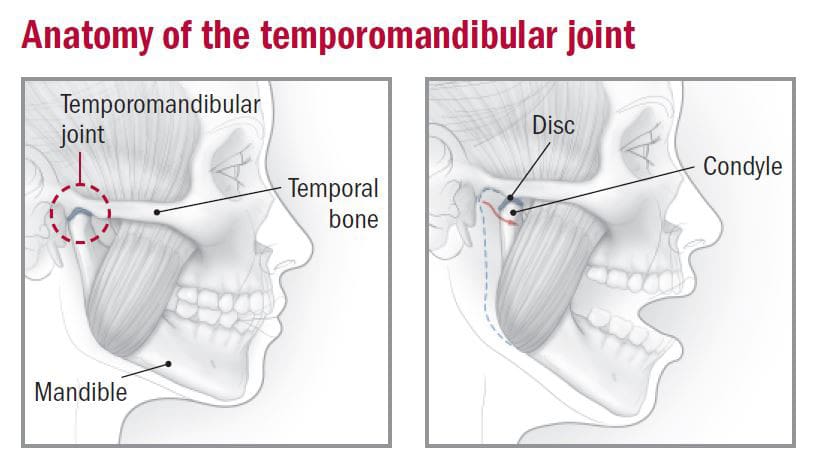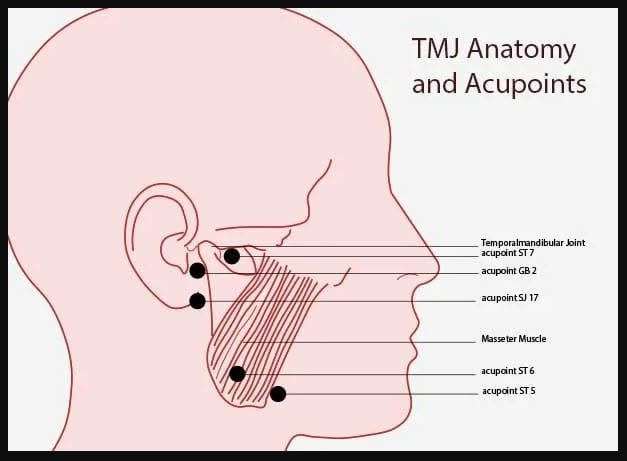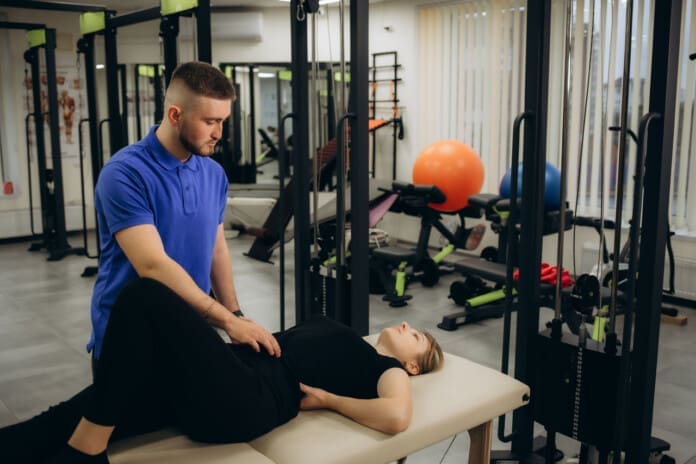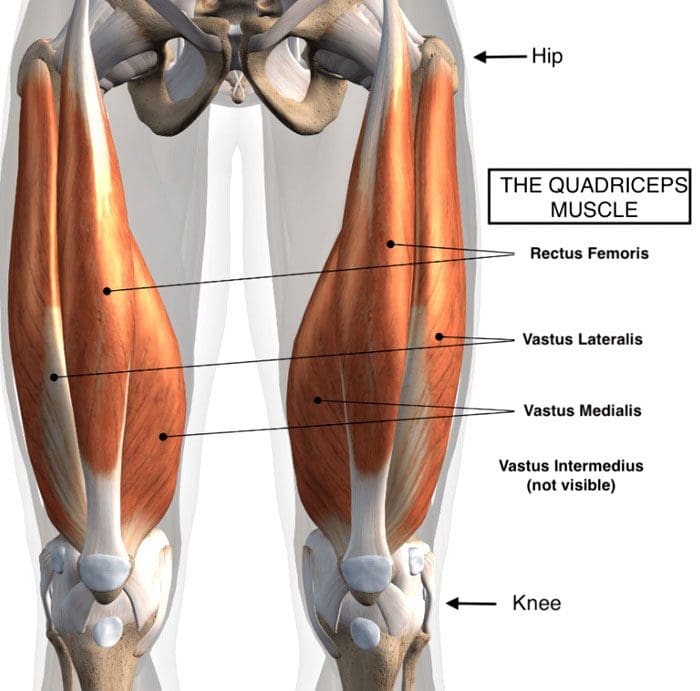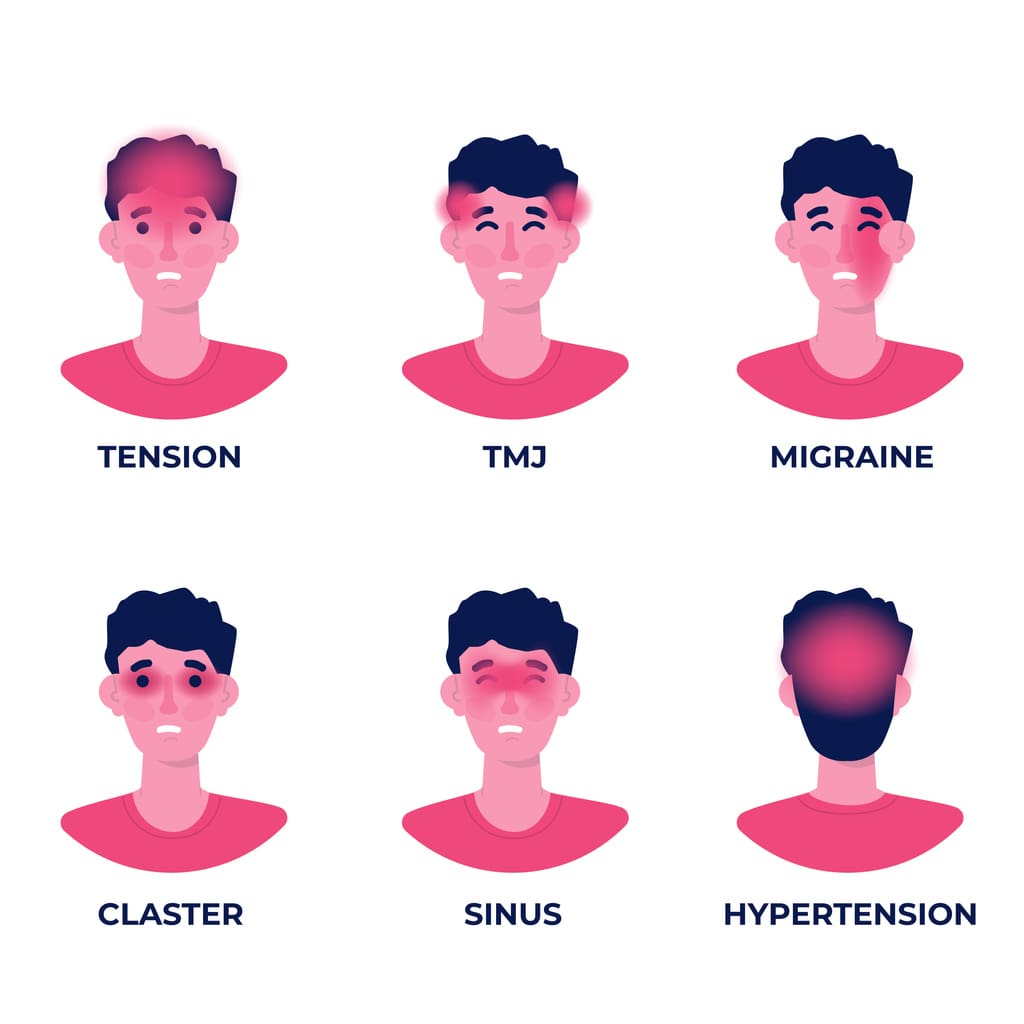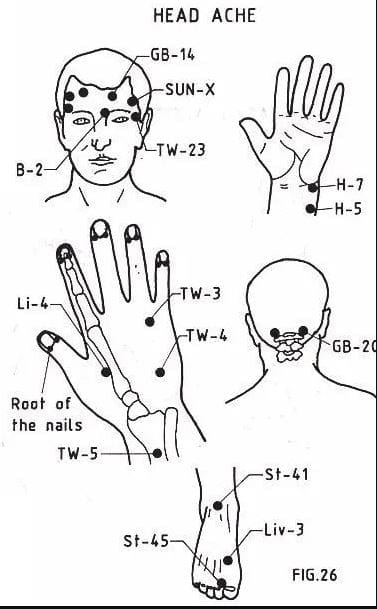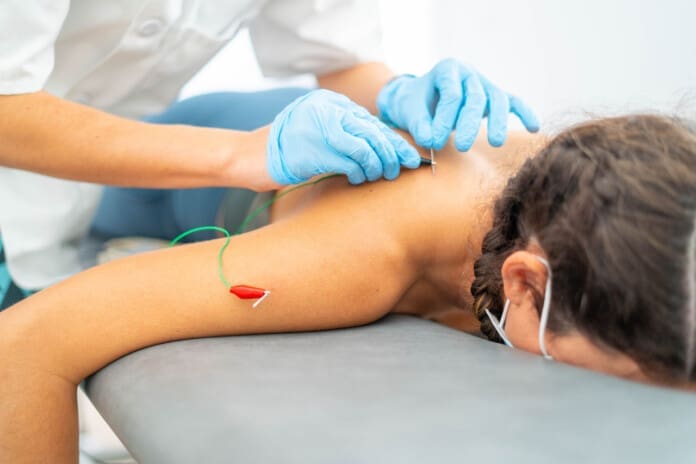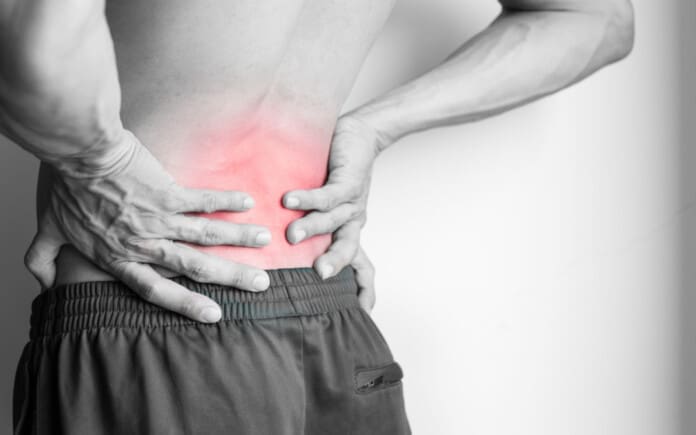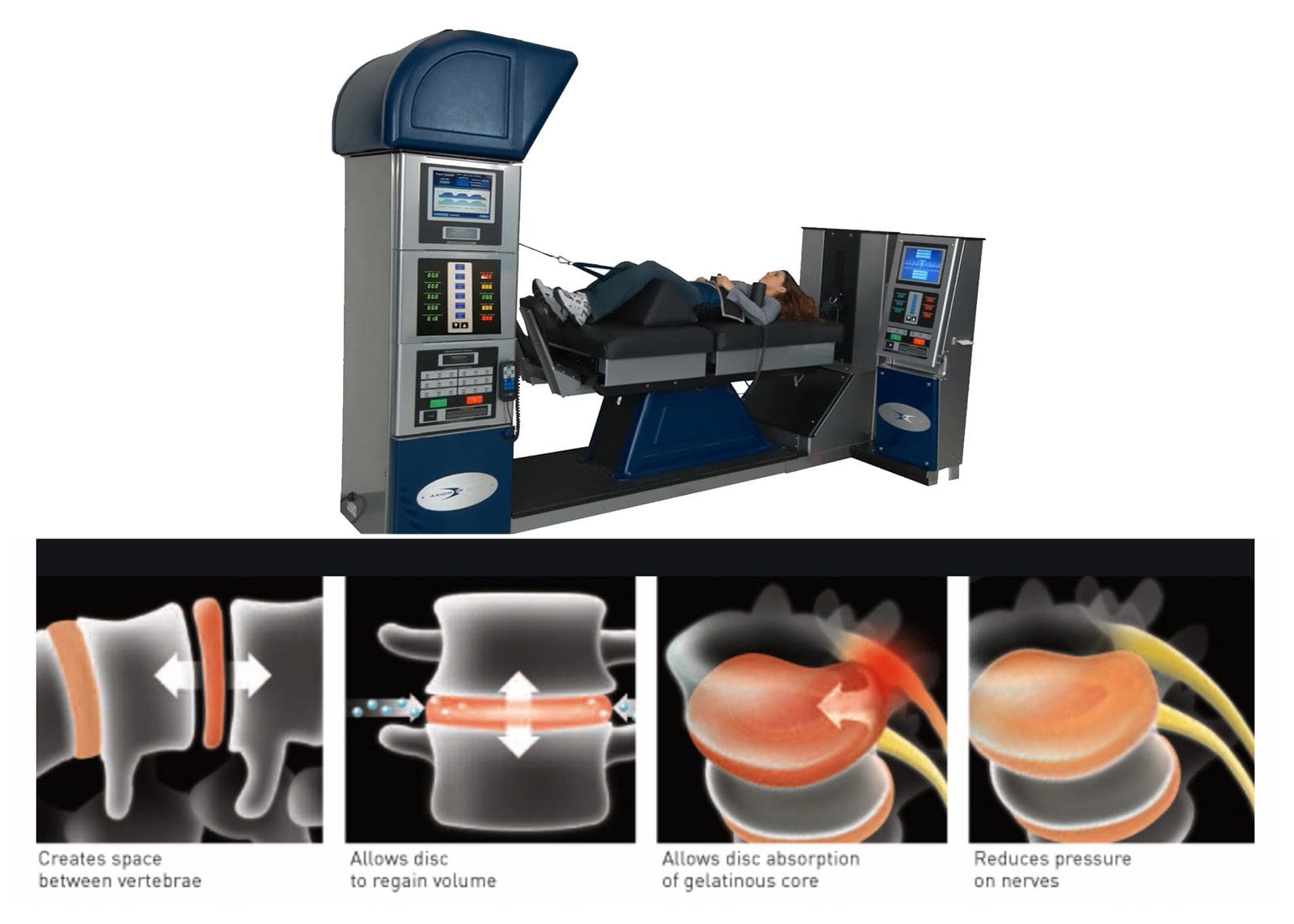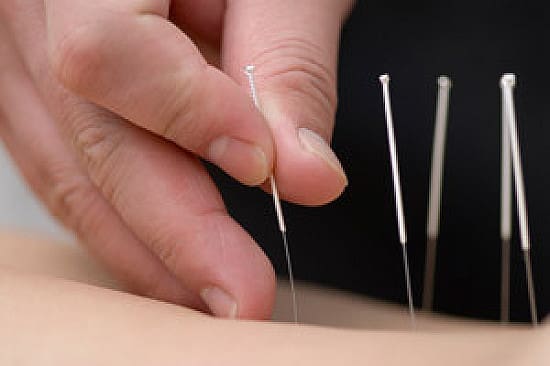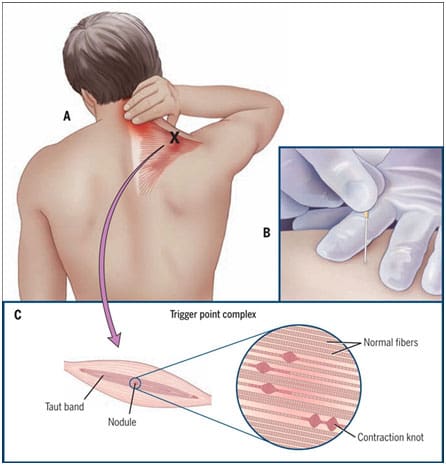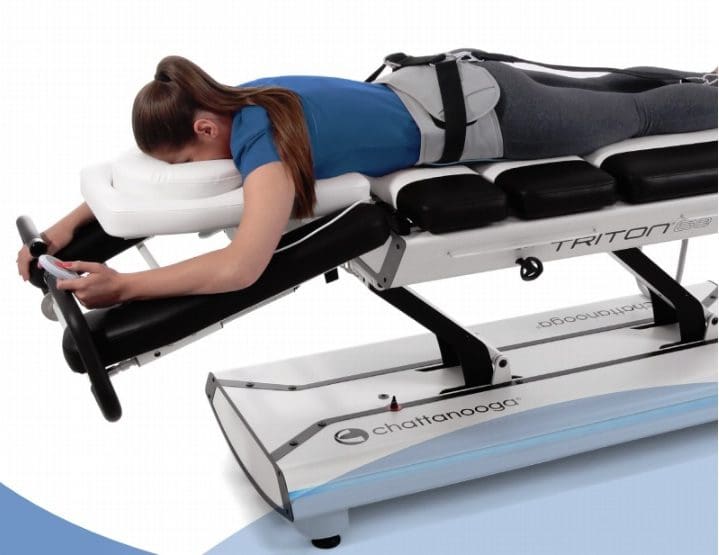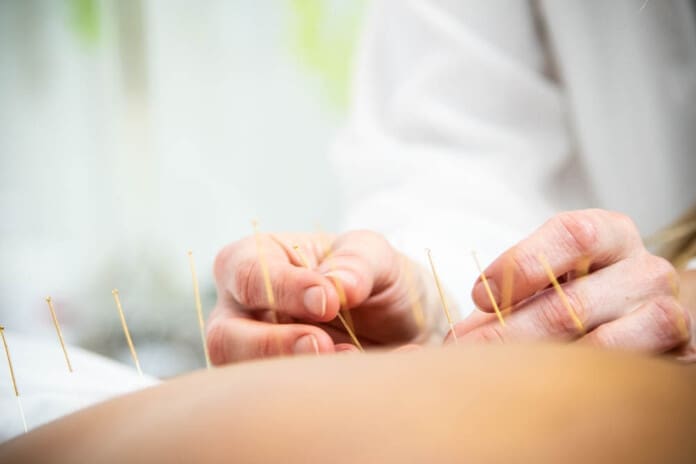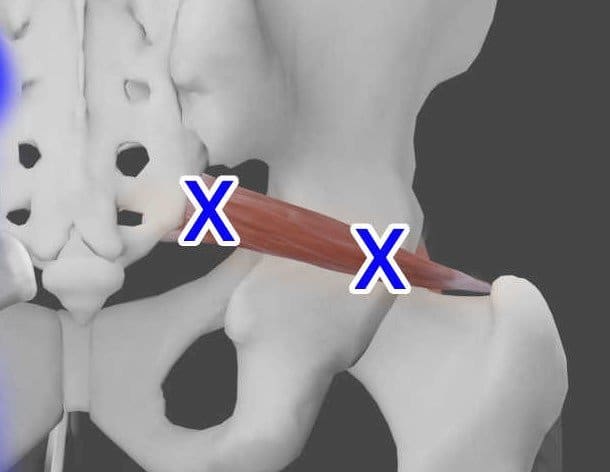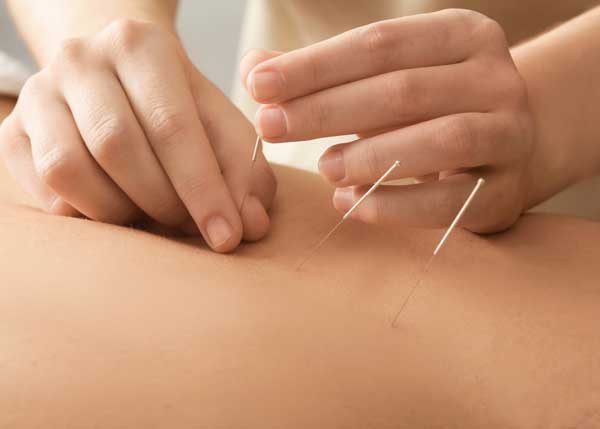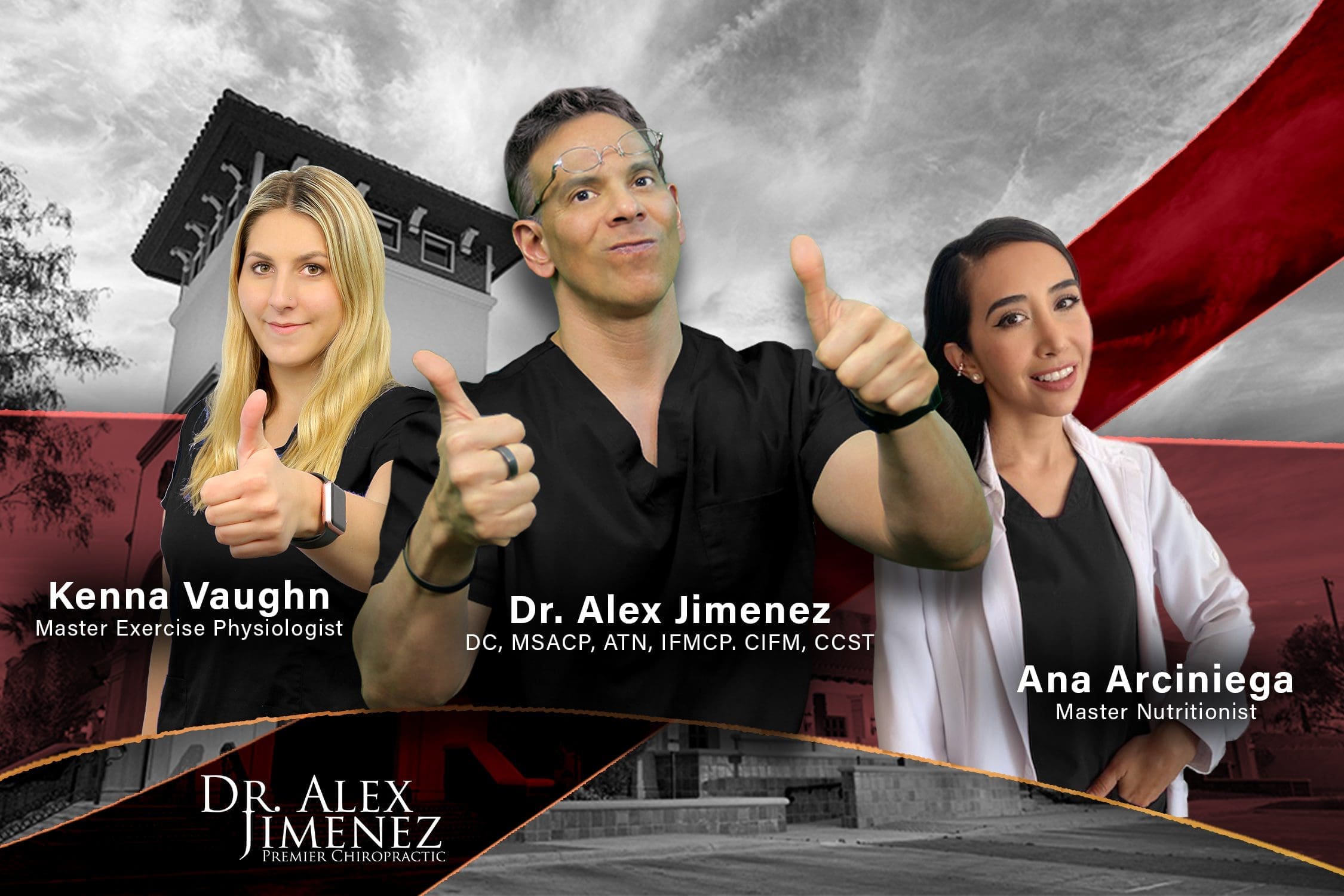“For individuals starting to lift weights, motor units are important for muscle movement. Can building more motor units help build strength and maintain muscle mass?”

Table of Contents
Motor Units
Motor units control the skeletal muscles and are the force behind every body movement. (C J. Heckman, Roger M. Enoka 2012)
This includes voluntary movements like lifting weights and involuntary movements like breathing. When lifting objects and weights, the body adapts to motor unit needs, meaning that individuals must consistently increase the weight to progress.
- Lifting weights regularly trains the body to generate more motor units and force.
- General guidelines recommend lifting weights for all muscle groups two to three non-consecutive days a week.
- Consistency helps maintain muscle mass.
- Regular progression increases the risk of plateauing.
What They Are
Exercise increases the body’s muscle strength, while sedentariness and inactivity weaken them. A motor unit is a single nerve cell/neuron that supplies the nerves to innervate a group of skeletal muscles. The neuron receives signals from the brain that stimulate all the muscle fibers in that particular motor unit to generate movement.
- Muscles comprise different fiber types.
- They are attached to the bones with connective tissue, which is stronger than the muscle.
- Multiple motor units are dispersed throughout the muscle.
- The motor units help ensure muscle contraction force is evenly spread throughout the muscle.
- Motor units are different sizes and operate differently depending on where and what they do.
- Small motor units might only innervate five or ten fibers. For example, to blink or sniff.
- Large motor units can comprise hundreds of muscle fibers for swinging or jumping movements.
How They Work
The number of units activated depends on the task. Stronger muscle contractions require more. However, fewer units are needed to accomplish the movement for individuals expending less effort.
Contraction
- Once a unit receives a signal from the brain, the muscle fibers contract simultaneously.
- The force generated depends on how many units are required to accomplish the task. (Purves D. et al., 2001)
- For example, picking up small objects like a pen and paper requires only a few units to generate the force needed.
- If picking up a heavy barbell, the body needs more units because more force is needed to lift the heavier load.
- The body can generate more force with stronger muscles.
- This happens when lifting weights on a regular basis and overloading the muscles with more weight than they can handle.
- This process is known as adaptation.
Adaptation
The purpose of lifting weights is to challenge the muscles so they adapt to the new challenge and grow in strength and mass. Motor units are a major part of the adaptation process. (Dr. Erin Nitschke. American Council on Exercise. 2017)
- When first starting weight training, the brain recruits more units every time a muscle is contracted. (Pete McCall. American Council on Exercise. 2015)
- As individuals continue working out, their ability to generate more force increases and units activate more rapidly.
- This makes movements more efficient.
- Individuals can increase unit recruitment by consistently increasing the weight challenge to their muscles.
- The development creates movement memory.
- A relationship between the brain, muscles, and motor units is established even if the individual stops working out. The pathways are still there no matter how long the individual takes off.
- When returning to training, the body will remember how to ride a bike, do a bicep curl, or squat.
- However, the muscles will not have the same strength as the strength needs to be built back along with endurance that may have been lost.
- It is the movement memory that remains.
Military Training and Chiropractic Care: Maximizing Performance
References
Heckman, C. J., & Enoka, R. M. (2012). Motor unit. Comprehensive Physiology, 2(4), 2629–2682. https://doi.org/10.1002/cphy.c100087
Purves D, Augustine GJ, Fitzpatrick D, et al., editors. (2001). Neuroscience. 2nd edition. Sunderland (MA): Sinauer Associates; 2001. The Motor Unit. Available from: https://www.ncbi.nlm.nih.gov/books/NBK10874/
Dr. Erin Nitschke. American Council on Exercise. (2017). How Muscle Grows (Exercise Science, Issue. https://www.acefitness.org/resources/everyone/blog/6538/how-muscle-grows/
Pete McCall. American Council on Exercise. (2015). 10 Things to Know About Muscle Fibers (Exercise Science, Issue. https://www.acefitness.org/resources/pros/expert-articles/5411/10-things-to-know-about-muscle-fibers/


